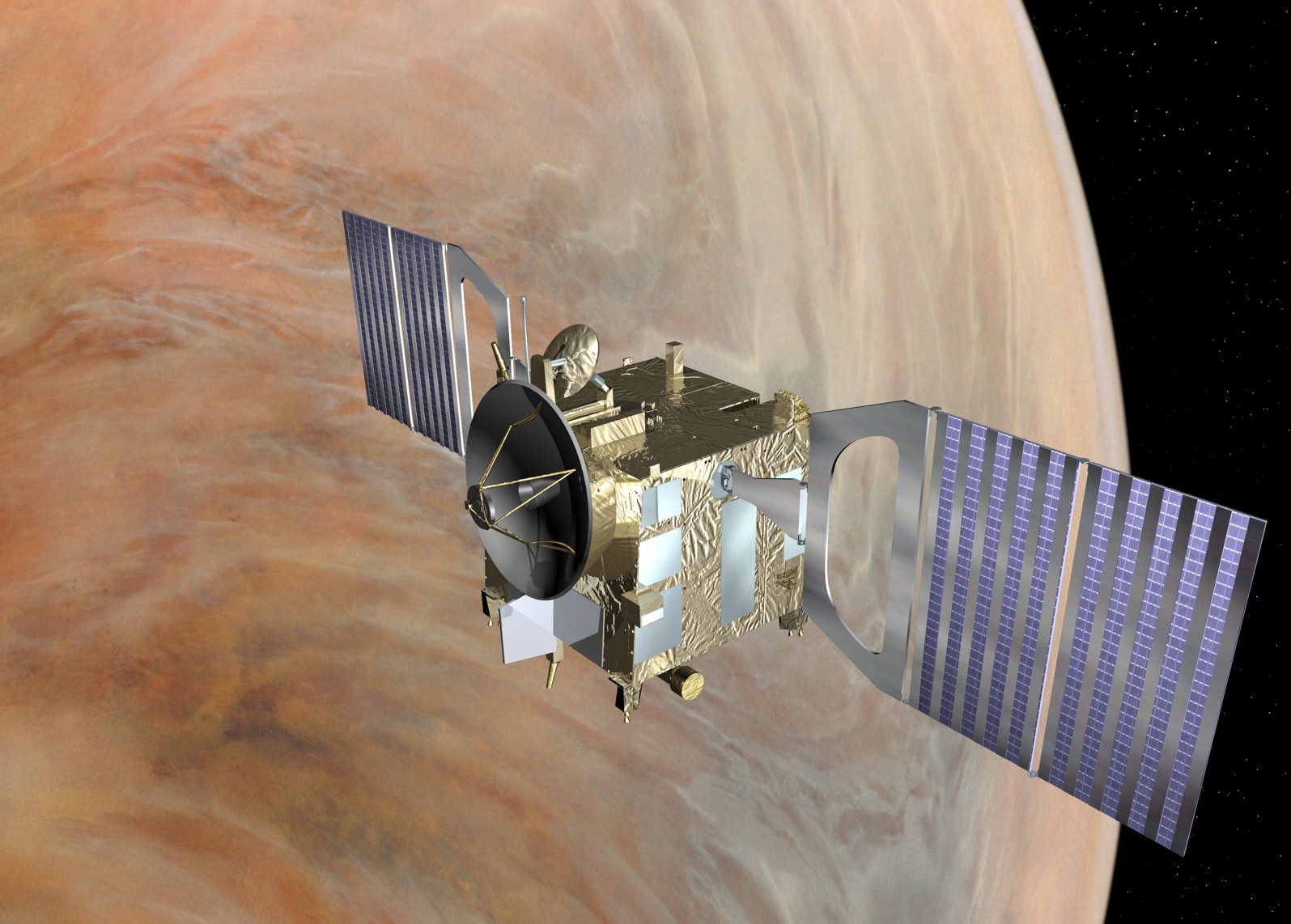It was a daring maneuver, but the plan to put Venus Express lower in the planet’s thick atmosphere has worked. For the past month, the European Space Agency steered the long-running spacecraft to altitudes as low as 81 miles (131 kilometers) for a couple of minutes at a time.
Now the spacecraft has been steered again to safer, higher orbits. And naturally, this was all done in the name of science. It not only showed scientists information about the atmosphere, but also gave them engineering data of how a spacecraft behaves when it touches a planetary atmosphere at high speed. That could be useful for future landing missions.
“We have collected valuable data on the Venusian atmosphere in a region difficult to characterise by other means,” stated Hakan Svedhem, Venus Express project scientist for the European Space Agency.
“The results show that the atmosphere seems to be more variable than previously thought for this altitude range, but further analysis will be needed in order to explain these variations properly.”
The dips into hell were hard on the spacecraft. At times, its temperatures rose by more than 212 degrees Fahrenheit (100 degrees Celsius). That said, initial surveys of the spacecraft show all is well, although more analysis will be needed. Also, its orbit was reduced by more than an hour because its speed was slowed down by so much.
While the spacecraft performed 15 thruster burns to raise up above the atmosphere, the reprieve will be temporary. There is little fuel left in the spacecraft, which has been been at the planet since 2006. Now its new lowest point in the orbit is 460 km (286 miles), but over the next few months it will fall again due to the force of gravity. Mission planners expect the spacecraft will survive until about December, when it falls into the atmosphere for good.
But the scientific yield from the mission has been immense. Among its many discoveries, Venus Express has found an ozone layer above the planet, spotted water vapor in low-lying clouds, and even found a sort of “rainbow.” The aerobraking campaign itself was also helpful, ESA added.
“Aerobraking can be used to reduce the speed of a spacecraft approaching a planet or moon with an atmosphere, allowing it to be captured into orbit, and to move from an elliptical orbit to a more circular one,” the agency wrote.
“Less fuel has to be carried, yielding benefits all round. The technique will be used on future missions and the Venus Express experiments will help guide their design.”

Source: European Space Agency

